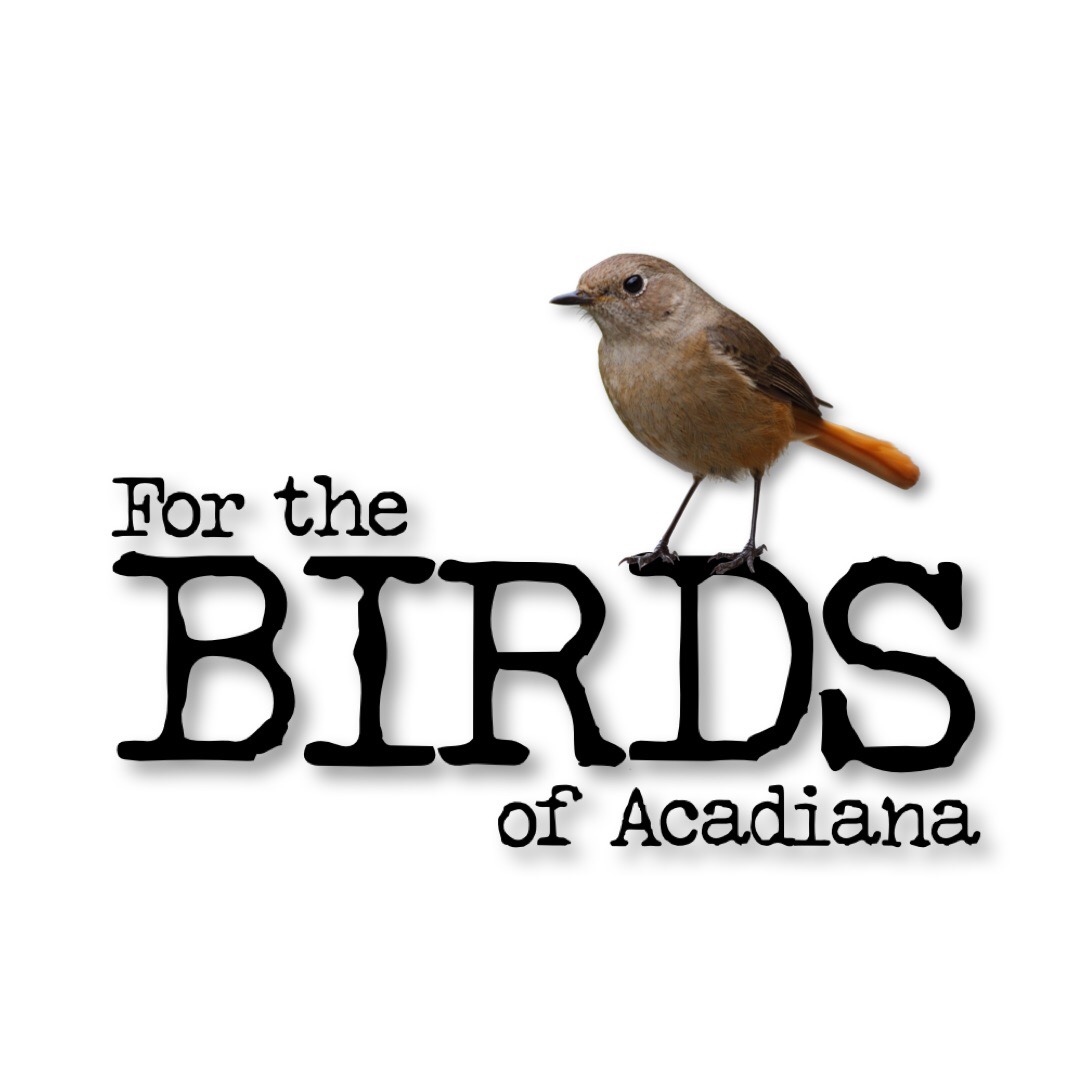Understanding Botulism in Wild Ducks: Development, Symptoms, and What We Can Do To Help Prevent It.
- For The Birds

- 3 days ago
- 4 min read
Botulism in wild ducks is a critical wildlife health concern that often remains unnoticed until it causes considerable damage. As a wildlife rehabilitation facility with state and federal permits, we frequently engage with citizens who enjoy feeding wild ducks. Although feeding ducks may seem beneficial, it's crucial to recognize that it might actually cause more harm than good. We've come to understand the importance of knowing how this disease develops, its impact on these birds, and what actions we all can take to help prevent it. This understanding not only safeguards the ducks but also the ecosystems they live in.

How Botulism Develops in Wild Ducks
Botulism is caused by toxins produced by the bacterium Clostridium botulinum. These bacteria thrive in low-oxygen environments such as stagnant water, decaying vegetation, and mud. In wetlands where wild ducks live, these conditions can develop naturally, especially during warm weather or droughts when water levels drop and organic material accumulates.
The bacteria produce a potent neurotoxin that affects the nervous system of birds. Ducks usually become infected by ingesting the toxin through contaminated water, food, or by eating infected invertebrates like maggots that have fed on decaying carcasses. Once the toxin enters their system, it blocks nerve signals, leading to paralysis.
Wild ducks are particularly vulnerable because they often feed in shallow waters where the bacteria flourish. Outbreaks tend to spike during late summer and early fall when environmental conditions favor bacterial growth.
Recognizing Symptoms of Botulism in Wild Ducks
Spotting botulism in wild ducks early can be challenging, but there are some clear signs to watch for:
Paralysis or weakness: Ducks may have difficulty flying, swimming, or walking. You might see them dragging their legs or wings.
Head drooping: A common symptom is the inability to hold their head upright.
Floating on water with an unusual posture: Ducks may float on their backs or sides because of muscle paralysis.
Lethargy and unresponsiveness: Affected ducks often appear weak and slow to react.
Death: Unfortunately, botulism can be fatal within a few days if untreated.
If you notice multiple ducks showing these symptoms in a local pond or wetland, it could indicate a botulism outbreak.

What We Can Do to Prevent Botulism in Wild Ducks
Preventing botulism in wild ducks requires a combination of habitat management and responsible human behavior. Here are practical steps we can take:
Keep Ponds and Wetlands Clean and Healthy
Remove dead animals promptly: Carcasses of birds or other animals can become breeding grounds for Clostridium botulinum. Reporting or safely removing dead wildlife helps reduce toxin spread.
Avoid feeding ducks bread or processed foods: These can pollute water and encourage harmful bacterial growth. Instead, offer natural foods like cracked corn, oats, or birdseed in moderation. Never allow the unconsumed food sit on the ground as mold can develop quickly.
Support wetland conservation: Healthy ponds and wetlands with good water flow and vegetation reduce stagnant conditions that favor bacterial growth.
Monitor and Report Outbreaks
If you see signs of botulism in wild ducks, notify local wildlife or environmental authorities. Early intervention can help contain outbreaks.
Avoid handling sick or dead birds directly to reduce the risk of spreading bacteria or toxins.
Understand What Not to Do
Do not try to treat sick wild ducks yourself. Botulism necessitates veterinary attention and specific treatment. Furthermore, the majority of wild ducks are protected by federal law, making it illegal to possess or care for them without the appropriate state and federal permits. Reach out to your state wildlife agency or a local wildlife rehabilitator for assistance.
Avoid disturbing affected areas unnecessarily. This can spread bacteria or stress the wildlife further.
Do not dump organic waste or pollutants into ponds, waterways or wetlands. This worsens water quality and encourages bacterial growth.

Why Preventing Botulism Matters
Botulism in wild ducks is more than just a wildlife health issue. It reflects the condition of our natural habitats and the impact of human activity. When wetlands become unhealthy, it affects many species, including fish, amphibians, and even humans who rely on these ecosystems for recreation and water quality.
By understanding botulism in wild ducks and what we can do to prevent it, we take an active role in protecting wildlife and preserving the natural beauty of our surroundings. Feeding ducks responsibly, supporting wetland conservation, and staying informed about local wildlife health are simple yet powerful ways to make a difference.
If you enjoy spending time near ponds or wetlands, keep an eye out for signs of botulism and share what you learn with others. Together, we can help keep wild duck populations healthy and thriving.
Support Our Rehabilitation Work
We are a supporter-funded, 501c3 non-profit organization. Please consider making a donation.
Why Your Donation Matters
Helps fund rehabilitation for injured and orphaned birds in our care.
Supports our educational initiatives to raise awareness about avian conservation.
Enables us to create and distribute informative materials for the community.





Comments